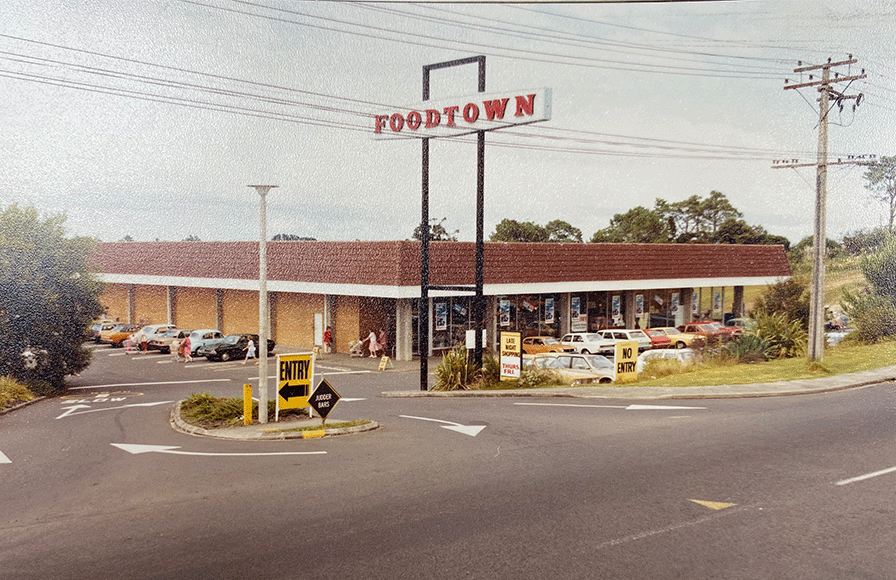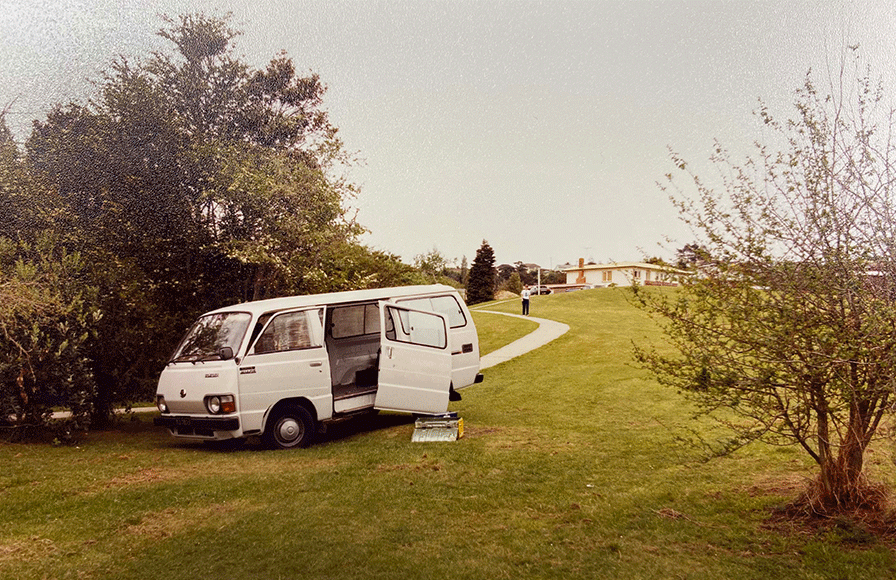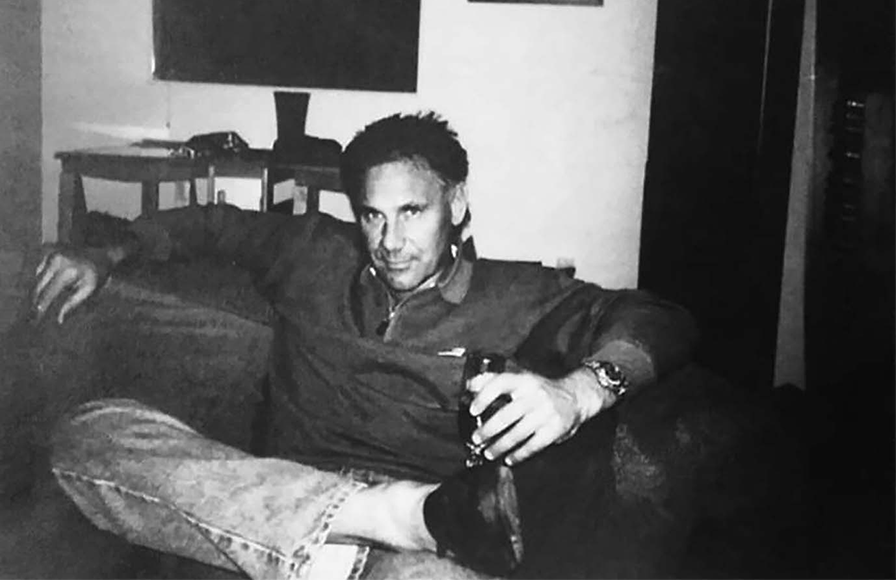When bank robbers ruled the roost
True crime saga reveals weaknesses in justice system.
The Heist: The Birkenhead Foodtown Robbery, by Scott Bainbridge.
True crime saga reveals weaknesses in justice system.
The Heist: The Birkenhead Foodtown Robbery, by Scott Bainbridge.
At any one time, crime rates are rising and falling. It depends on what sort of crime we’re talking about.
The latest New Zealand Crime and Victims Survey showed several trends. Nearly a third of New Zealanders (32%) experienced crime in the past year – a rate that hasn’t changed. There was a notable increase in fraud, with 10% experiencing it in the past 12 months. This mostly involved unauthorised bank transactions and scam online purchases.
However, bank robberies have diminished significantly over the past decade, thanks to enhanced security measures, such as advanced surveillance systems, increased use of cashless transactions, and improved police response times.
Bank robbers were once the staple of crime movies and, in some cases, public adoration. One of them, Willie Sutton, estimated he had stolen at least US$2 million in his lifetime (1901-80). Asked why, he famously said: “Because that’s where the money is.”

Scott Bainbridge.
The Willie Suttons of New Zealand were mostly active in the 1970s and 1980s, targeting banks and security van payrolls. Until then, the professional crime hierarchy had safecracking at the top, followed by burglary, theft, and receiving stolen goods. Armed robbery was rare and regarded as an aberration.
In the 1960s, robbery figures were less than 4% of the rate in the early 2000s. Only about 10% involved violence. By 2000, these figures were reversed, with the first major armed robbery occurring in 1968.
These increased during the next two decades, while safecracking had passed its peak by the mid-1970s. During the 1980s, according to true crime writer Scott Bainbridge, the New Zealand Herald carried a daily column called ‘Today’s Armed Robberies’.
Crime wave
The introduction of a police helicopter in Auckland arrested this crime wave, which dropped 35% for armed robberies and 77% for bank robberies in the first year. Greg Newbold’s Crime in New Zealand (2000) records that the professional bank robber had become a relic.
At their peak, these professionals numbered 20 to 30. They were usually men aged older than 30 and were well known to the police. But they were seldom arrested due to their careful planning and their expertise in leaving few clues.
This contrasts with the recent run of armed robberies, which have become a highly political issue. These, Bainbridge observes, were committed by “artless young amateurs who rob individual or small businesses like dairies and bottle stores”.
They are usually caught within three days but, because they lack experience, they can be dangerous. “The typical robbers of the early 2020s are bungling, careless, and panicky amateurs.”
Bainbridge’s introduction to his latest true crime book The Heist is a walk down memory lane. The summary does not reference what the public perceives as modern crime, which is dominated by organised crime gangs and the illegal drug trade.

The Chelsea Foodtown at Birkenhead the day after the robbery on October 19, 1984.
Three-minute robbery
The book describes what was then the largest armed robbery in the country’s history and one that is unlikely to be repeated. It took just three minutes for three armed and masked men to overcome three unarmed Armourguard staff at the Birkenhead Foodtown supermarket near the Chelsea sugar refinery.
They had arrived, as usual, at the end of a day, after collecting the cash takings of seven other supermarkets and KFC outlets in West Auckland and the North Shore. It was 8.20pm on Friday, October 19, 1984, which was the beginning of a Labour Day weekend. They arrived 20 minutes late and had just two more stops after Birkenhead before their shift ended.
The robbers quickly transferred the sealed tins of banknotes and ammunition boxes of coins from the truck to their white van and drove off. One security guard received a gash to his head and one witness who tried to follow the van had his car peppered with gunshot. But, otherwise, it was a clean getaway.

The heist van was found abandoned in Monarch Park.
The total loss was $294,524 – the equivalent of $1.1m in today’s money. The Heist reconstructs the crime and its consequences. The police investigation began with eyewitness accounts but little else to indicate this was anything but a highly professional job.
It’s not the role of this review to reveal the details of who was involved or what follows, but I can guarantee you’ll find this an exciting read.
The size of the robbery made it a major news story and the first breakthrough came when police were tipped off about the likely suspects, who had not previously worked together. Under observation, two of them soon revealed their stashes worth tens of thousands of dollars.

Some of the cash from the Birkenhead Foodtown robbery.
Common problem
It was a common problem in any robbery: how to get rid of many small-value notes without creating suspicion. One suspect, known to be a forger, exchanged low-value notes for high-value ones at banks in Kerikeri, Northland. Although it was not a requirement in those days to report such transactions, such large sums of cash were unusual.
Another suspect, known as a safe cracker, came to grief when he planned to transfer his share – some $44,000 – to Australia, where he had moved. He had arranged for a ‘mule’ in Sydney to come to Auckland to transfer the money a few days before the reforming Labour Government removed exchange controls in late 1984.
Police eventually had enough circumstantial evidence to link at least three suspects and the mule, bringing the crime to a District Court hearing in 1985. One suspect, later revealed as the ringleader and a reputed ‘crime king’, was not committed to trial in the High Court for a lack of evidence.
The first High Court trial found the forger guilty; he was sentenced to 10 years’ jail. But the jury could not agree on the guilt of the other two suspects. A second trial found the safecracker guilty of the robbery and he also received a 10-year sentence.
The mule, who had agreed to facilitate the cash transfer across the Tasman, was found not guilty of a charge of receiving. He was represented by lawyer Christopher Harder, one of several high-profile lawyers who mounted the best possible defence.
Harder went on to act for the forger, who had appealed for a retrial. However, his conviction was upheld in 1989. In cross-examinations, it was typical of lawyers to create doubt in vulnerable witnesses such as checkout assistants and bank tellers.

Christopher Harder.
Court hearings
Bainbridge’s book doesn’t end there. The court hearings, it turns out, don’t reveal what really happened in the planning of the Foodtown Birkenhead robbery.
This is done with the benefit of 40 years’ hindsight. While most of the participants, both on the police and criminal sides, are now dead, Bainbridge has interviewed many of them.
They include the chief suspect, who was cleared at the District Court hearing. He went on to lead what Bainbridge describes as a “vicious reign as a violent armed robber”. This included a robbery of the ASB’s Three Kings branch in 1992.
He was eventually caught and imprisoned for 20 years after admitting seven bank robberies in Auckland, Taupo, Palmerston North, and Wellington. His sentence was reduced on appeal to 15 years. He was released in 2006, aged 69.
Amazingly, Bainbridge links him to at least three drug-related murders, including of two women and a man still listed as missing, as well as at least three others who had double-crossed him. Bainbridge says he wouldn’t have been able to write this book without the man’s confession that he was the instigator of the Foodtown Birkenhead robbery.
The forger returned to a life of crime soon after his release in 1991, committing a bank robbery and stealing a valuable painting from the Auckland Art Gallery. His last court appearance set him free in 2018.
The van driver was never charged in 1984, but his criminal record continued to grow. In 1985, he was charged in connection with the importation of heroin worth $4.5m. In the 1990s and 2000s, he was one of the country’s “most prolific and richest drug dealers,” according to Bainbridge.
His kingpin status ended in 2011 when he was convicted and sentenced to more than 11 years’ jail for his role in a drug syndicate that made an estimated $13m. He did not admit to his role when approached by Bainbridge in 2022 and died in September last year.

Wellington’s crime ‘godfather’ Duncan McFarlane.
A major revelation is the involvement of a Wellington businessman, Duncan McFarlane, who financed the planning costs for the Foodtown Birkenhead robbery.
He was well known for his criminal connections but never faced more than minor charges for shoplifting, assault, and ‘consorting’ with criminals, for which he was fined $100. Despite his reputation as the capital’s crime godfather, he was never put in jail.
According to a Stuff obituary in 2011, McFarlane provided a crucial alibi that led to an alleged offender being found not guilty of stealing $478,000 from an Armourguard van in Upper Hutt in 2000. Plainly, what goes around comes around.
This book underlines the fact that, if criminals are not convicted, they go on to commit more crimes. Letting them out of jail also increases the odds. It raises the question of whether the justice system will ever be the perfect weapon for keeping society safe from crime.
The Heist: The Birkenhead Foodtown Robbery, by Scott Bainbridge (Bateman Books).
Note: This column is on holiday until November 3.
Nevil Gibson is a former editor at large for NBR. He has contributed film and book reviews to various publications.
This is supplied content and not commissioned or paid for by NBR.